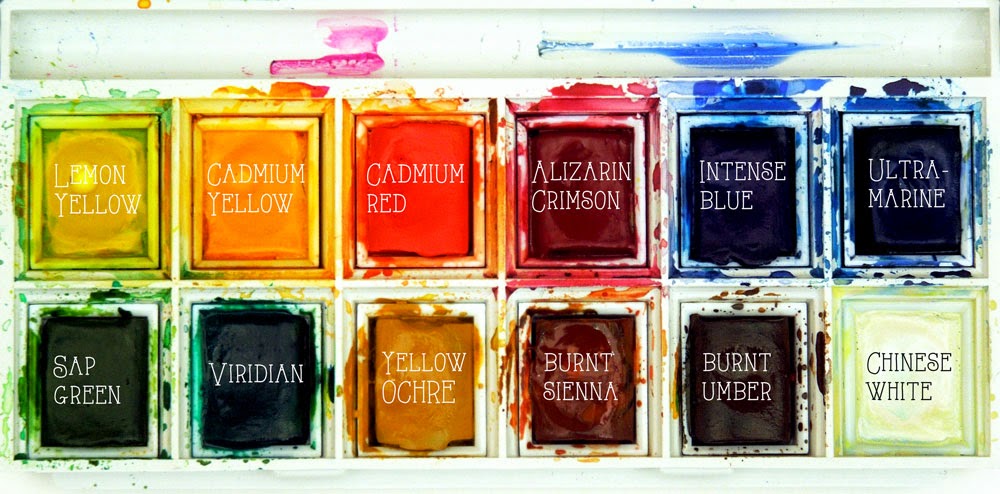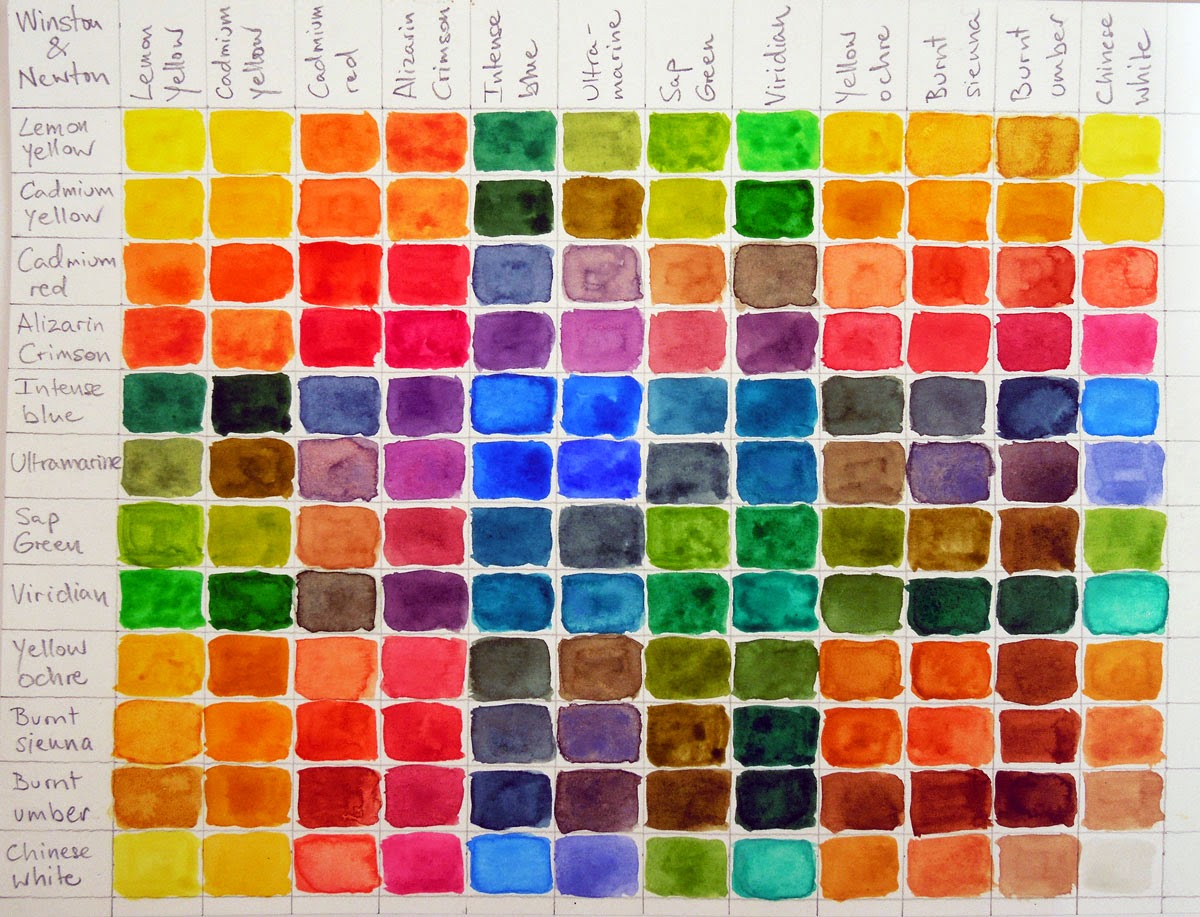If you check the ratings on the traditional range on Amazon, you'll see that they are very poor and I understand why. First of all, these pencils are not really metallic. They may come in 'metallic' colours, but they lack the sheen of true metallic pencils. Secondly, four of the colours (gold, antique gold, copper and bronze) are virtually identical. Some of these pencils are also quite hard and it takes considerable effort to transfer them onto the paper, and once water is applied there's not much pigment left behind.
The saving grace for the larger set are the six coloured variants, though these are not very metallic either (if at all, to be honest). However, they are strongly pigmented and dissolve well with water, retaining the vivid hues. Compared to the other six pencils, they are almost like a completely different product. Indeed, they more than a little remind me of Derwent's Inktense pencils. Another thing I like about the 12-set Derwent metallic pencils is the tin. It looks really nice and shiny and definitely has the wow factor for me.
Take a look at the results of my experiments below. The first column shows the pencils applied and burnished. This gives them a bit more metallic sheen, but not much. The second column shows how the pencils dissolve when water is added (dark wash). The third column shows the amount of pigment picked up by the brush in the second column (light wash).
UPDATE: 26 July 2014>>>>> Having obtained some black paper today, I've had a chance to test these pencils on a dark background as well. I must say, they perform much better and look more metallic, especially the traditional set. However, they lose most of their shine and strength when water is applied, so I would recommend using them dry. I've added a photo showing the Derwent metallic pencils on a dark background below. They would be really good for drawing peacock feathers! So, I'm glad to report that I haven't wasted my money after all.






































